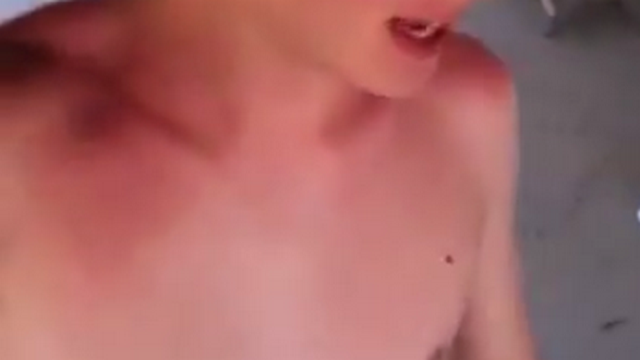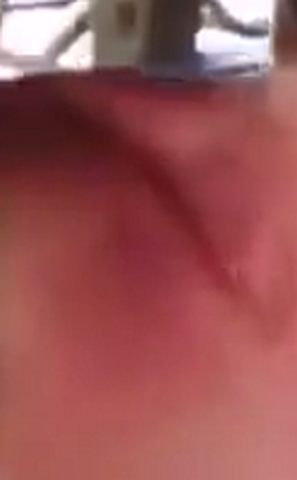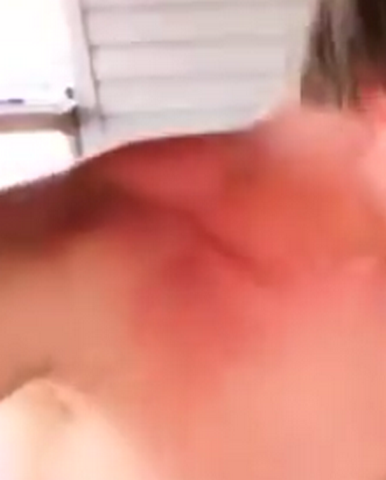Sun poisoning is a term used to refer to a serious case of sunburn. It does not in any way signify a real instance of being poisoned by the sun. Sun poisoning is used to describe cases of burns and skin inflammation that are caused by the sun’s UV rays.
Causes and symptoms of sun poisoning
Severe sunburns typically occur in individuals who remain under the hot sun for long durations without using proper sun protection. Additionally, Caucasians as well as others with light hair and fair skin are at increased risk to developing intense sunburns.
People can suffer from a sunburn after staying under the sun for only fifteen minutes. However, affected people may not feel it at that very moment. The redness and distress that accompany a sunburn may only appear on the affected skin after some hours have passed.
Severe sunburn or sun poisoning can cause the below listed signs and symptoms:
- Headache
- Nausea
- Dehydration
- Skin inflammation or swelling
- Pain as well as tingling sensations on skin
- Redness and blistering of the skin
- Fainting or light-headedness
- Fever along with chills
Treatment of sun poisoning
The below listed home remedies can be used to treat cases of sun poisoning or intense sunburns:
- Apply cool compresses on the affected areas to ease the inflammation. Cool baths and showers are also beneficial.
- Drink lots of water and other liquids to ensure an adequately hydrated body.
- Pain medications for relieving pain
- Aloe Vera gel or moisturizes can also soothe the sun burnt regions
- Do not venture out into the sun for some days. If it becomes a necessity, then make sure to fully cover all parts affected by sun poisoning.
Immediate medical care is essential in the below listed situations:
- Sun poisoning that affects large sections of the body
- Presence of fever with chills
- Presence of extreme pain
- Facial inflammation or swelling
- Development of blisters
- Severe dehydration
- Presence of digestive abnormalities
- Headaches
- Disorientation or confusion
Sun poisoning or intense sunburns can be prevented by adhering to the below listed sun safety strategies:
- Avoid venturing out into the sun between 10 AM and 2 PM, when the sun rays are at their most intense. It may be noted that the intensity and damaging effect of the sun’s rays tend to amplifyfurther after contact with snow, sand, and water.
- Apply a broad spectrum sunscreen with at least 30 SPF. It will ensure safety from the harmful effects of both UV-B and UV-A rays. Use the sunscreen on all parts of the body, especially on the exposed skin areas, 15 to 30 minutes before going out. Apply the sunscreen after every two hours, or after a swimming session or excessive sweating.
- Protective clothing, hats or caps, and sunglasses, etc. will also help protect the skin from sun poisoning.
- Intake of some medicines like certain antibiotics, birth control pills, antidepressants, heart medicines, acne drugs, etc., can elevate the skin’s sensitivity to sunlight. People who are taking such medications should talk to their health care provider about its effects.
Other types of sun poisoning
Two other types of adverse reactions to sunlight, i.e. solar urticaria and polymorphous light eruption can also be described using the term sun poisoning.
1. Solar urticaria: People affected by solar urticaria may experience the symptoms after spending just a few minutes under the sun. Patients may elicit several adverse symptoms if large skin areas are affected, such as:
- Skin redness
- Itching
- Wheezing
- Loss of consciousness
- Development of skin wheals
- Light-headedness
- Formation of skin blisters. The blisters tend to fade away after some hours without treatment. However, recurrence is common and can persist for several years.
Antihistamines can help alleviate the symptoms. Recurrent cases require the attention of a doctor.
2. PMLE or Polymorphous light eruption: This type of sun poisoning primarily affects individuals with photosensitivity or hyper sensitivity to sunlight.It can also affect individuals who are not accustomed to bright sunlight. For instance, residents of regions in the northern latitudes are more likely to develop PMLE when holidaying in sun-drenched regions. Also, PMLE has no known connection to any particular disease or use of any specific medicine.
Patients may develop serious skin rashes after spending a few hours in the sun. Additional symptoms of polymorphous light eruption include:
- Itchiness
- Formation of tiny bumps on exposed skin. Such bumps can also develop in thick clusters.
- Development of hives in the upper and lower limbs, as well as on the chest.
An inherited form of PMLE may affect Native Americans, typically between spring and fall. Redness, itching, and burning sensations may be experienced for a few days or many weeks. Fatigue, chills, nausea, and headache may also be experienced for some hours.
PMLE-type sun poisoning skin rashes resolve on their own in about 7 to 10 days. Staying indoors and use of sufficient sun protection when going outside are recommended.
Severe cases of solar urticaria or polymorphous light eruption may require treatment with topical steroid medications and/or PUVA phototherapy.
Sun Poisoning Rash Pictures



